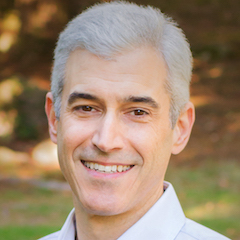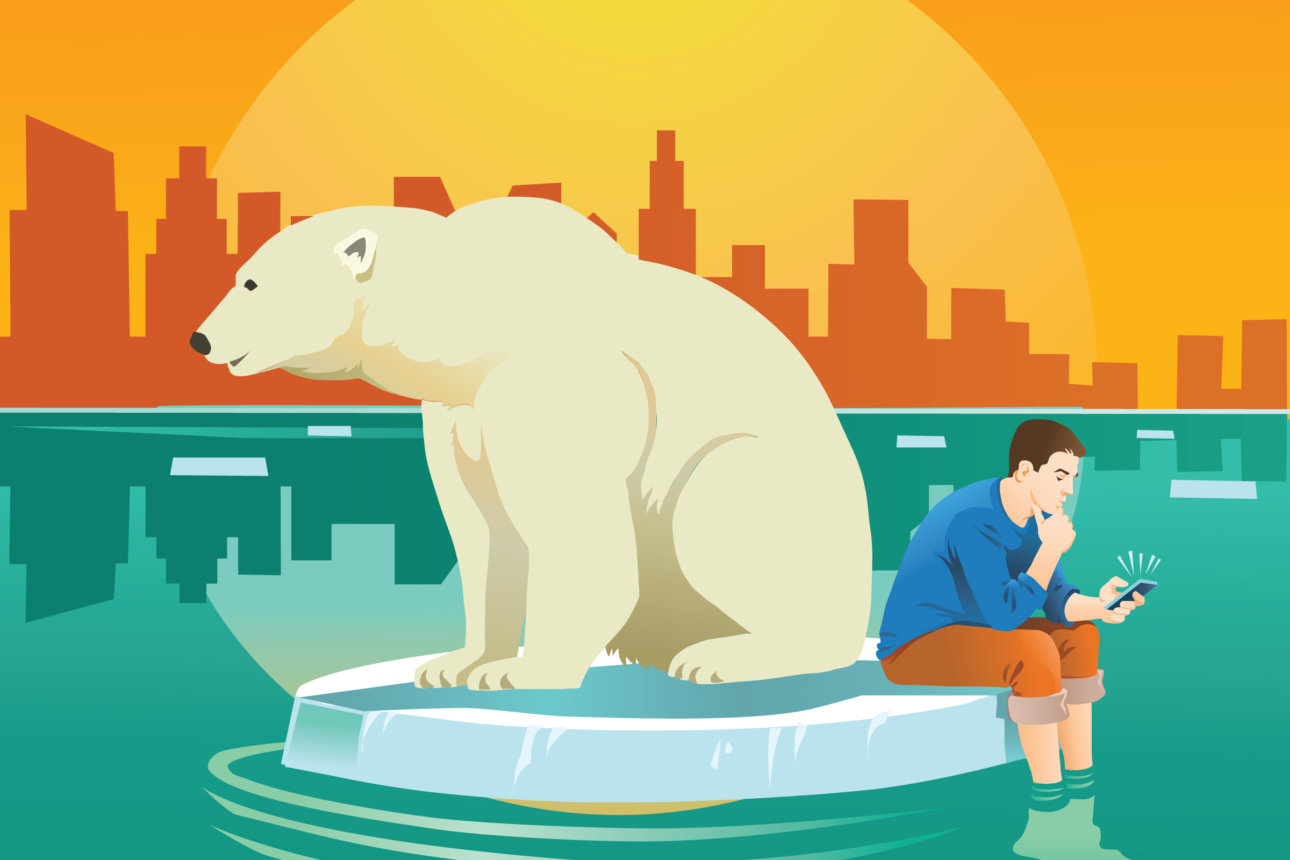Yes, I’m Feeling Bad About Climate Change. Let’s Discuss.

Topics
Column

Recently, my mother asked me why I seemed down. It’s taken me awhile to articulate what I wanted to say, and how.
There are big, macro issues that weigh on me as a feeling human and in my work. One is the state of democracy and rise of autocrats around the world, which I believe is horrible for freedom, equality, and the economy. I’m not going to talk about that one today. What I do want to grapple with is the state of the planet we call home. Because the existential problem that gnaws at my well-being is the destruction of the natural world and the profound climate crisis.
I think I’ve found balance in how to talk about how serious the situation is in my writing and speeches to companies about megatrends. People say I make it sound serious, but with some hope.
But I’ve struggled more personally with how to talk to loved ones about it. Do I share the news those of us in the field are bombarded with and obliged to read? Or do I protect those around me from the worst of it?
In short, what do I tell my mom, my kids, or any interested person in my life?
I’ve thought about this as three distinct questions: What do we really know about climate change? Why am I worried and feel it’s so serious? And how do I — and all of us — cope with that knowledge and move forward?
What Do We Know?
I won’t belabor this. Climate change has been studied as much as any phenomenon in history, by many thousands of scientists. For the quickest, easiest read on the basics, I’d point my mom or anyone to the clear “What We Know” from the American Association for the Advancement of Science and to the simple story “Climate Change: How Do We Know” from NASA.
Get Updates on Transformative Leadership
Evidence-based resources that can help you lead your team more effectively, delivered to your inbox monthly.
Please enter a valid email address
Thank you for signing up
In short: The climate is changing, it’s caused mainly by humans, and extreme weather will continue to get much worse. Asking whether you “believe” in climate science is not the right question: I focus on why I believe we should act on it, because it’s smart risk management and it’s good for the economy and our health.
